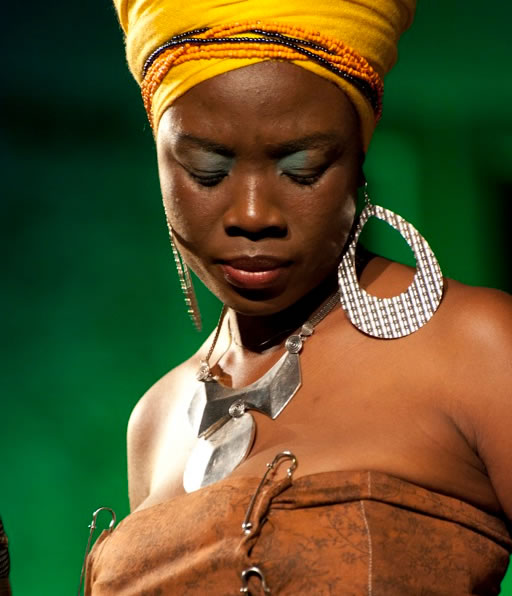Paying the price of art
Knowledge Mushohwe Art Zone
A logo characteristically represents the mission, ambition, values, or ethos of an organisation or brand. As such, graphic designers bestowed with the responsibility of creating a logo on behalf of an organisation typically reduce these characteristics into visual shorthand that uses colour, shape and form to communicate a representational disposition of either a company or its brand.
A logo becomes a minimalist symbol encompassing complex ideas or concepts.
A lot of thinking and planning goes into designing a logo, and because it becomes the recognisable image that represents an organisation every time and everywhere it chooses to be visible, the amount of money that should exchange hands whenever an artist is commissioned to develop one is not little. But some businesspeople are determined not to be ‘bullied’ into paying large sums of money for a ‘mere’ logo.
I have in the past witnessed an agreement being struck between an artist and a company owner for the development of a logo.
I noticed that the two made a verbal agreement that upon completion of the logo, the artist would be paid $200, a very small amount for such work.
When the graphic designer had completed the work, he presented it to the company owner and the latter liked the image. However, he backtracked on paying the fee agreed previously because the artist had “only put together one or two lines inside a green circle and expected to be paid so much money”.
The company owner missed the point — the artist did not expect to be paid for the amount of detail that he included in the graphic, but rather, for expertly excluding too much detail yet still giving the logo the detail the businessman desired.
Artists in Zimbabwe have in recent times found it difficult to put the right price on their work.
This may be in part due to a negative economic environment and lack of interest in their work by local customers.
But for the most parts, Zimbabwean artists struggle to properly evaluate their work because they are not sure what is more important — the amount of energy and creativity they put in their work, or the amount of money needed to make the majority of their lives go away. In today’s Zimbabwe, it is clear that everyone has some form of financial challenges. It would however be imprudent for artists to value their work solely based on physical needs.
It would be irresponsible and amounts to cheating.
Additionally, highly priced artworks have traditionally struggled to find any takers in Zimbabwe.
It would be more realistic if artists value their work based on the amount of energy and creativity they invest.
Creativity is subjective and artists struggle to explain how they factor it into their work to their ‘clients’.
A more practical method of valuing artworks is using the same methods international companies use when contacting consultants to do work for them.
Multinationals normally pay between US$45 to US$55 per hour for any form of work rendered to them.
An artist may count the number of hours that he/she spent on the physical component of his/her work and the thought process combined to find out how much his art is worth.
Some artists though value the thought process a lot more than the physical processes and may need to treat the two differently.
When an artist comes up with a price tag for his/her work, at least half the job is done. On the next step, he/she needs to convince the ‘client’ that the work is well worth its price tag.
Paying for artworks is a business most people do once in a blue moon and because it this, the ‘client’ requires a proper briefing on what is involved when developing products of creativity.
Trust and understanding have to be established between artist and ‘client’.
If an agreement is to be struck before the work is developed and based on the artist’s estimates, there is need for a written contract so as to ensure that either party is guided by legal and ethical terms defined by agreement.
Whether written or verbal, the artist cannot and should not allow the ‘client’ to dictate the conditions of the contract.
Graphic designers have moved into a niche market created by the establishment and proliferation of computer technology.
Their work space, conditions of service and range of products are all relatively new individuals and organizations around them.
Because they are pioneers, their job is not to simply produce and sell, it is also to educate, understand and be understood by those around them.
Part of that reciprocity should be demystifying their work and price guide.
It should also be about standing up for what they believe in, making sure that when they say $10 000, they mean exactly that!






Comments